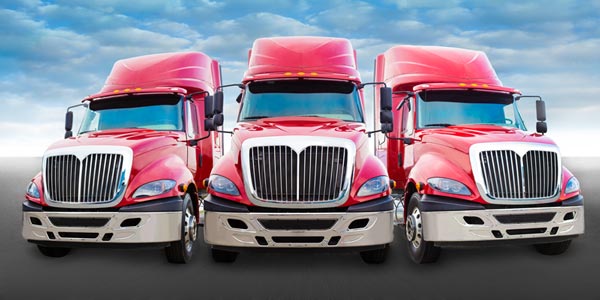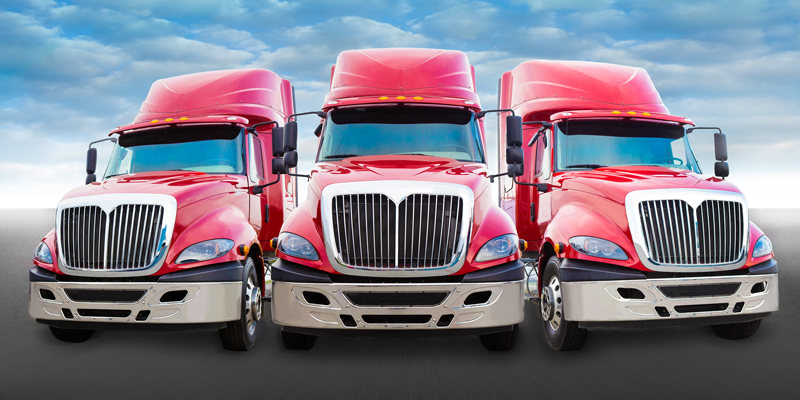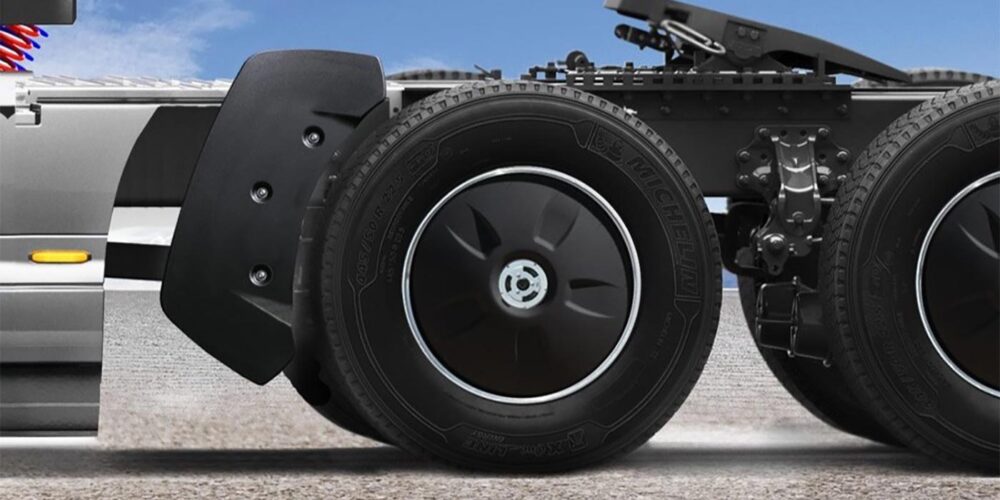
When it comes to operating a heavy-duty truck, tires are among the most important—and costly—parts to maintain. Knowing how to use the right kind of tires, effective maintenance and repair (M&R) practices, and implementing appropriate lifecycle strategies can save millions on a fleet’s bottom line.
Today’s robust economy resulting from increased online orders and more truck shipment activity means more trucks are in service and working overtime, placing additional stress on tires and increasing maintenance and repair of tires.
Escalating costs are a primary challenge among fleet operators with M&R at the forefront as the highest variable and volatile cost of a fleet operation. A 2018 industry benchmarking survey directed at fleet executives revealed that 40% of participants listed M&R as the most significant motivators for truck replacement next to improved fuel economy, versus just 26% in 2015.
Tires are a leading reason why M&R costs are so high. In fact, tires, tubes, liners and valves make up 43% of the top ten M&R costs to operate a truck.
Proper utilization of tires can help manage these costs
It is essential to understand tread design, as there is a specific reason for which certain tread designs were engineered. Some treads are made for high scrub routes like regional and high pick-up and delivery, while others are made for lower scrub. Also, some treads are engineered for fuel economy while others are manufactured for enhanced traction. An easy way to cut down on tire maintenance costs is to not use a fuel economy tire next to a traction tire. If a flat occurs, the driver should effectively communicate to the shop upon returning to ensure the new replacement is for the proper application.
Tread depth tires that are mated together should have a tread depth within 10% of its peer tire. Anything above that will result in the newer tire having a bigger footprint on the road, resulting in higher temperatures of the tire and premature wear or even failure.
Air pressure is also critically important in tire maintenance. A tire that is 10% below its required pressure operates at a temperature of 20 degrees warmer than a tire at the correct pressure. This can result in degradation of the casing. It is estimated that 95% of tire failures are due to low air pressure. Therefore, tire pressure audits must be conducted at least twice per week. Maintenance personnel should also make a habit of walking the yard to ensure no foreign objects are lying around for tire puncture threats. Lastly, tires on the rack should also be regularly inspected to ensure that they are all up to standard on their pressure levels.
The bigger picture
In addition to managing tire costs, fleets can leverage data analytics to manage the lifecycle of their trucks, analyze the impact older trucks have on M&R costs and significantly reduce their overall Total Cost of Ownership (TCO).
Long-term ownership of older trucks means an organization has more variable and unpredictable costs to manage, including M&R.
A shorter lifecycle produces long-term savings beyond the first year. When fleets adopt a three-year lifecycle, replacing with new equipment in year four, they realize a savings of $42,830 in M&R alone, calculated in years four through seven when compared to a fleet driving the same truck for the full seven years.
Additional M&R benefits of shorter lifecycle
Newer trucks equate to lower overall costs with MPG improvement and variable maintenance cost reduction as hard cost savings. However, in addition to these cost savings resulting from a shortened lifecycle, there are many additional benefits specific to M&R that can impact a fleet’s operations and bottom line. These include the following:
- Maintenance focus is preventative maintenance (PM) instead of breakdown and recovery;
- PM intervals are extended, and the vehicles require fewer trips to the maintenance facility, which improves uptime and truck availability;
- Fewer spare vehicles are needed for maintenance and scheduled repairs; and
- Fewer parts are required to maintain newer vehicles.
An aged fleet requires a highly technical technician force. A newer fleet allows a fleet manager to deploy a technician that is specific to PM and proper diagnosis.
Today’s fleets continue to experience increased pressures on their M&R operations as a result of trucks in use to handle additional shipments with particular strain on the use of tires and cost to repair and replace them. With the proper monitoring of tire usage and maintenance, combined with the use of data analytics to better manage utilization of the tire and truck lifecycle, fleets can achieve significant savings to their bottom line.
Travis Wynes, CTP, is director of fleet services for Fleet Advantage.
For more on this topic, check out Collect your truck’s data without relying on driver behavior.














